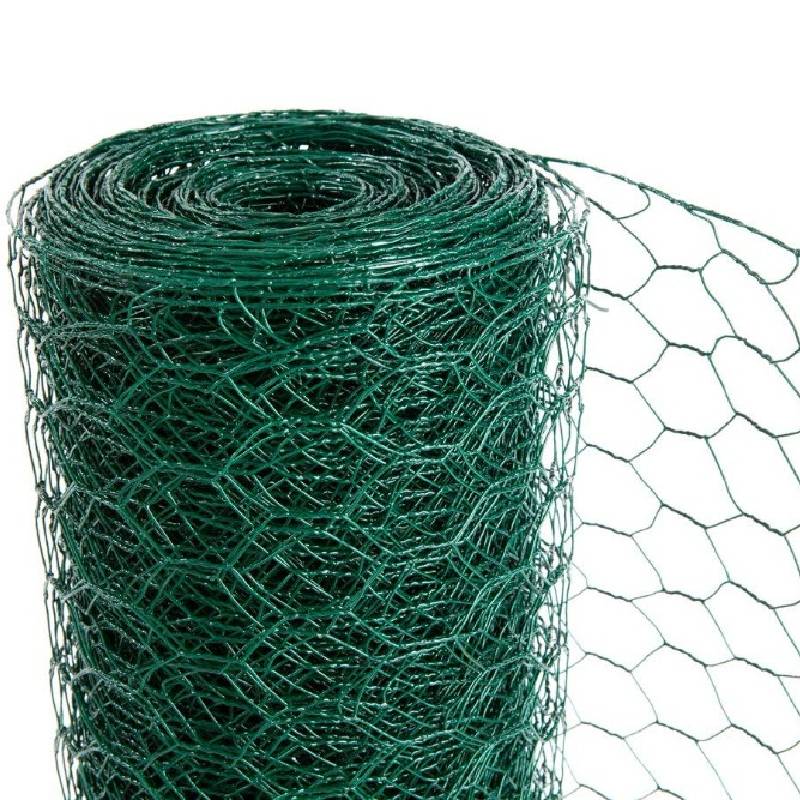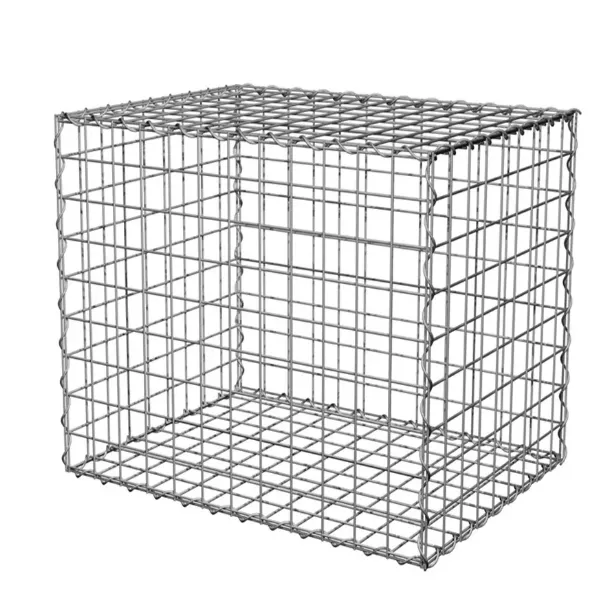Navigating the world of agriculture often presents challenges, particularly when dealing with livestock management. One indispensable tool that stands out for its versatility and efficiency is the 12-foot livestock panel. These durable and robust panels play a pivotal role, securing pastures, separating different groups of animals, and ensuring the safe containment of livestock. While they might seem like a straightforward solution, there's a depth of expertise required to maximize their utility.

The primary advantage of 12-foot livestock panels is their universal nature; they cater to various types of livestock, including cattle, goats, and sheep. Made from high-quality galvanized steel, these panels offer unparalleled strength and resilience, withstand harsh weather conditions, and endure significant physical pressure from large animals. Their design typically includes evenly spaced horizontal bars, reducing the risk of animals sticking their heads through and thereby minimizing injury.
Experts in livestock management highlight the benefits of using these panels for rotational grazing practices. Rotational grazing, a sustainable approach to pasture management, involves dividing pastures into sections to allow for regrowth in grazed areas. With 12-foot panels, setting up these temporary or semi-permanent divisions becomes straightforward. The portability of the panels allows them to be moved easily, offering flexibility in pasture arrangement and enhancing grazing efficiency.

On the note of durability, the longevity of these panels is a notable feature. Farmers with years of experience attest to their investment value; while they may demand a considerable initial outlay compared to temporary fencing, their lifespan often extends for decades with minimal maintenance. The key to this endurance lies in their rust-resistant coating and the high tensile strength of the steel used in manufacturing.
Setting up a functional and secure livestock enclosure involves more than just placement. Ensuring a stable configuration is critical. Professionals advise arranging panels on level ground and securing them together using heavy-duty clamps or connectors provided by manufacturers. It's a safety imperative, preventing panels from tipping over under pressure. Additionally, incorporating sturdy gate panels at strategic locations aids in efficient livestock handling, allowing for smooth transitioning of animals during herding or veterinary check-ups.
12 foot livestock panels
When integrating 12-foot livestock panels into existing setups, compatibility is rarely an issue. These panels are designed with universal joints or connectors that fit seamlessly with most gate systems and other panel sizes. This adaptability extends their utility beyond just containment; they can be used to construct feedlots, temporary holding pens, or even protective structures during harsh weather.
For those involved in direct consumer sales, such as farmers markets or farm-to-table initiatives, the aesthetic and functional organization of your farm matters. Well-maintained livestock panels contribute to a professional image, impacting consumer trust and perception positively. Moreover, ensuring the welfare and safety of the livestock directly correlates with animal productivity and health, factors that are increasingly scrutinized by ethically conscious consumers.
In purchasing decisions, consider connecting with reputable manufacturers or agricultural supply companies known for their quality assurance. Reviews and testimonials can provide insight into user satisfaction and specific product strengths. Opt for suppliers that offer detailed product specifications and after-sales support, including guidance on optimal setup, maintenance tips, and troubleshooting.
Trustworthiness and transparency in livestock management are paramount. Modern consumers demand accountability, and managing livestock ethically and sustainably cannot be overstated. Utilizing tools like 12-foot livestock panels supports these goals, underscoring a commitment to quality and responsibility in animal agriculture.
In summary, while the concept of a livestock panel may seem mundane, it embodies significant expertise in livestock management. Their high strength, adaptability, and long lifespan make them a vital component in agricultural operations, supporting efficient farm practices and promoting animal welfare. Recognizing the broader implications of their use and staying informed through expert advice and peer experiences enhances not only farm productivity but also align with best practices in ethical and sustainable agriculture.
























